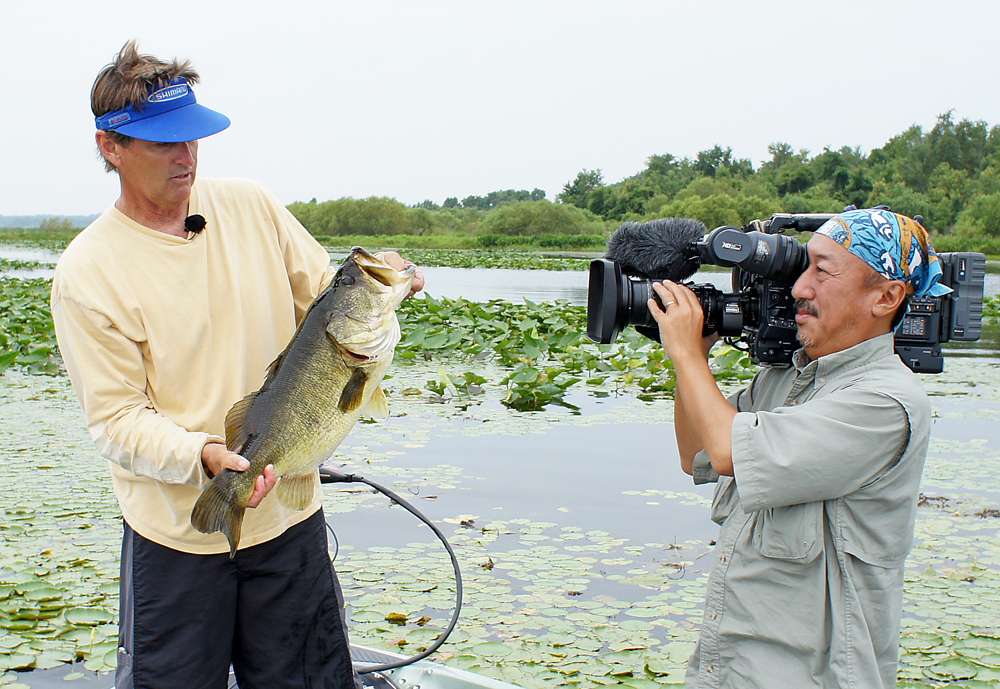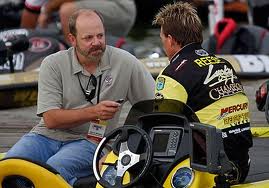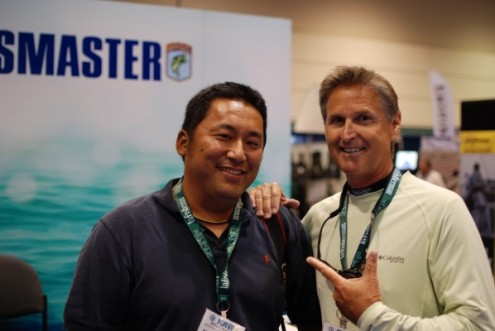
Anytime I work a promotion, whether it’s large or small, I’m approached by young people wanting to know more on how to become a professional angler. And that’s good. This sport needs new blood. But one of the most frequently asked questions I hear is, “How do I get sponsors?”
While that may seem like a fair question, the truth is, it really depends on a person’s level of skill and accomplishments. No doubt, sponsorships are important in this business. But unless you’ve proved you’re ready to take the next step, there’s really no need in asking. There are so many other things to worry about first.
When the question does pop up, I usually answer it a couple of ways. If the person asking is young and likely just starting out, I tell them to fish hard and stay at it, and if they do well the sponsors will eventually find them.
But if that person is a bit older and/or more accomplished, then I suggest they seek out those companies who’s products they truly believe in and try to work with them … that and to start working with the media.
A working relationship with the media is critical at any level. Whether you’re just starting out or if you’ve won a Toyota Bassmaster Angler of the Year title, it’s the media that propels the personalities in this sport.
Getting Started
In my last column, I shared how my first tournament victory got me noticed by an outdoor writer named Chris Christian and how we gradually developed a professional working relationship. It wasn’t all that difficult either. It began by asking him to go fishing with me.
That first trip was productive, too. We caught lots of fish, even one that was trophy-sized, which he wanted to photograph. While on the water, we did a lot of talking as well — discussing the various lures I liked to use, when and where to use them and some basic patterns that worked for me.
I didn’t know it at the time, but that dialog was actually headed somewhere.
Soon after our trip I received a follow-up phone call. Chris wanted to interview me in order to gather some specific quotes for an article idea he was working on. And when that article was eventually published, I suddenly grasped how it had all come together — the fish, the photographs, the interview — to produce a story.
Making It Happen
Outdoor writers make their living by selling stories and photos to newspapers, magazines and websites. When I was starting out, newspapers were the most common outlet; now it’s the web. But wherever the articles appear, the idea is the same: capture the attention of anglers and teach or entertain them. In order to do that on a regular basis, writers need ideas.

Give a writer a good idea and he’s going to write about it. It’s just that simple.
As time passed, I began working with other writers, essentially applying the same formula. I’d ask them to go fishing and/or I would share an idea with them … provided it was a good one, of course. To make certain my sponsors gained some exposure in the process, I would demonstrate their products anytime I took a writer fishing. And whenever I caught a quality fish, they would instinctively want to photograph it.
Typically, the ideas I came up with weren’t all that brilliant. Yeah, I had a few epiphanies, but most were simple concepts, such as how to apply a certain type of lure or ways to dissect various forms of cover. The key was staying within my boundaries.
Shallow water has always been my strength, and as limiting as that may sound, it’s actually a very broad subject. From topwaters to shallow-running crankbaits, spinnerbaits to soft-plastics, I made the most out of a compressed water column — always trying to come up with ways for others to catch more fish.
The Finer Points
As time passed and my record for success improved, getting a writer in the boat was as simple as making a phone call. They knew I’d help them with ideas and photo ops. Even when I didn’t have an idea to share, I’d sometimes ask them along … especially when I knew the fishing would be good.
And many times they would accept, simply to add new images to their photo files. It was a slam-dunk for each of us, and I can’t recall ever having a bad trip.

I always made sure we had plenty of provisions, too — like food and beverages, a spare rain suit, an extra pair of polarized sunglasses and some colorful clothing options for photos. Having that extra stuff went a long way with all the writers.
Though I write much of my own material these days, I still work with other writers on a regular basis and enjoy it. They seem to like it as well. Perhaps there’s something to that, too — making the whole experience fun and rewarding for all involved.
The bottom line is this: if you want to become a professional angler, it’s essential you develop a good working relationship with the media. That’s how you’ll promote sponsors, and that’s how you’ll define and put a value on yourself in this industry.
Sponsorships and media relations go hand in hand. It’s just that simple.





